
The University of Tehran is the oldest and most prominent Iranian university located in Tehran, Iran. Based on its historical, socio-cultural, and political pedigree, as well as its research and teaching profile, UT has been nicknamed "The Mother University [of Iran]". In international rankings, UT has been ranked as one of the best universities in the Middle East and is among the top universities of the world. It is also the premier knowledge producing institute among all OIC countries. Tehran University of Medical Sciences is in the 7th ranking of the Islamic World University Ranking in 2021. The university offers more than 111 bachelor's degree programs, 177 master's degree programs, and 156 PhD. programs. Many of the departments were absorbed into the University of Tehran from the Dar al-Funun established in 1851 and the Tehran School of Political Sciences established in 1899.

Iran has a large network of private, public, and state affiliated universities offering degrees in higher education. State-run universities of Iran are under the direct supervision of Iran's Ministry of Science, Research and Technology and Ministry of Health and Medical Education. According to article 3 of the Constitution of the Islamic Republic of Iran, Iran guarantees "free education and physical training for everyone at all levels, and the facilitation and expansion of higher education." ...

Mohammad Ghaffari, better known as Kamal-ol-Molk (کمالالمُلک), was an Iranian painter and part of the Ghaffari family in Kashan.
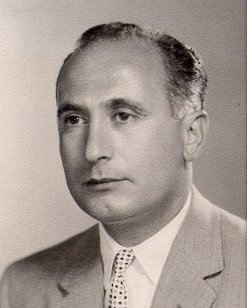
Ehsan Yarshater was an Iranian historian and linguist who specialized in Iranology. He was the founder and director of The Center for Iranian Studies, and Hagop Kevorkian Professor Emeritus of Iranian Studies at Columbia University.

Mohammad Ali Foroughi, also known as Zoka-ol-Molk, was a writer, diplomat and politician who served three terms as Prime Minister of Iran. He wrote numerous books on ancient Iranian history and is known for founding the Academy of Iran.

The Faculty of Law and Political Science at University of Tehran, is one of the oldest institutions of higher education in Iran. It was initially established in College of Political Science in 1899 by the Ministry of Foreign Affairs. The faculty has evolved into the most prestigious law faculty in Iran and has trained most of the country's prominent lawyers, judges, diplomats, and civil servants, many of whom have been very influential in the political and legal life of the country. The alumni include high-profile legal scholars, Political scientists, and International Relations scientists who have engineered the legal, Politics and foreign policy developments of modern Iran. The best and most talented students of law, Political Science and International Relations in Iran choose this school for their studies. Most of the nation's political elite graduated from the school.
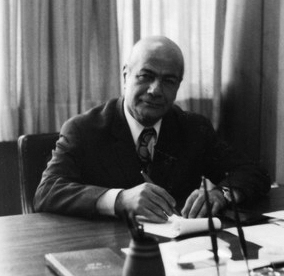
Zabihollah Safa was a scholar and professor Emeritus of Iranian Studies at the University of Tehran.
André Godard was an archaeologist, architect and historian of French and Middle Eastern Art. He served as the director of the Iranian Archeological Service for many years.
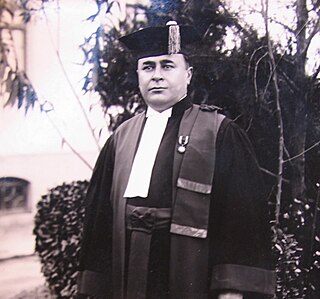
[[]]
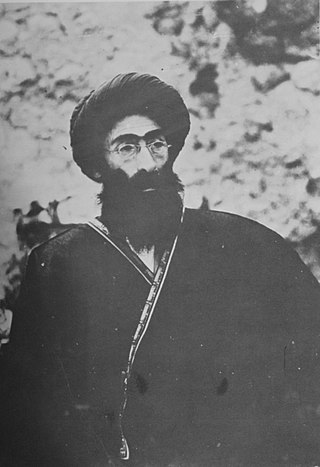
Adl also spelled Adle is a noble family of Iranian origin. The family was part of the Iranian oligarchy during the Pahlavi era and its members had significant roles in politics, judiciary and diplomacy of Iran, as well as in the development of medical fields, for more than seventy years.

Gholām-Hossein Sā'edi MD was a prolific Iranian writer.
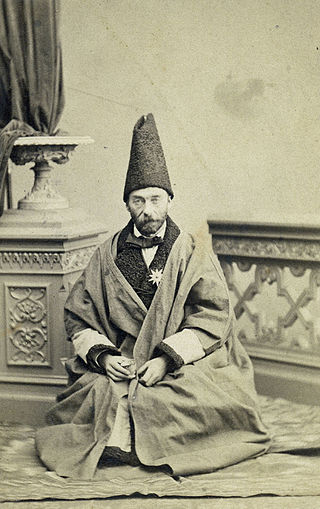
Jakob Eduard Polak was an Austrian physician, born to a Jewish family from Bohemia, who played an important role in introducing modern medicine in Iran.

Abdollah Entezam was an Iranian Diplomat, son of Seyed Mohamad also known as "Binesh Ali", leader of Safi Ali Shahi order of dervishes in Iran. His father was also a diplomat. Older brother of Nasrollah Entezam, also a career diplomat and Iranian minister of Health . His son was Hume Horan, US ambassador to Saudi Arabia.
The following is a timeline of the history of the city of Tehran, Iran.
Rouben Abrahamian was an Armenian Iranologist, linguist and translator.
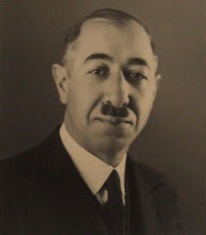
Esmail Merat was Iran's minister of education during Reza Shah reign. He is founder of some faculties of university of Tehran, including law faculty and technical faculty. He has also founded art section of University of Tehran.
Alliance school Tehran was the first Alliance Israélite Universelle school built in Iran. Located in the capital Tehran and founded in 1898, it was the first western style school in Iran, and is still open today.
Alliance School Kermanshah was a Jewish school in the western Iranian city of Kermanshah, founded by the Alliance Israélite Universelle. It provided education up to 18 years old and had two annexes; one for girls and one for boys.

Martiros Khan Davidkhanian (1843-1905) was an Iranian general, philanthropist, professor, the Chief of Staff of the Persian Cossack Brigade, and the Commander of the Royal Guard of the Qajar Court. He taught Russian to Naser al-Din Shah Qajar, the King of Iran.
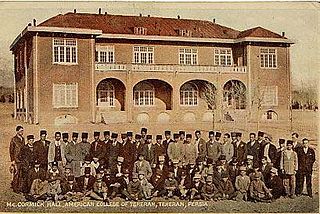
Academic relations between Iran and the United States are a branch of cultural relations between the two countries that became widespread, especially during the Pahlavi dynasty era.
















